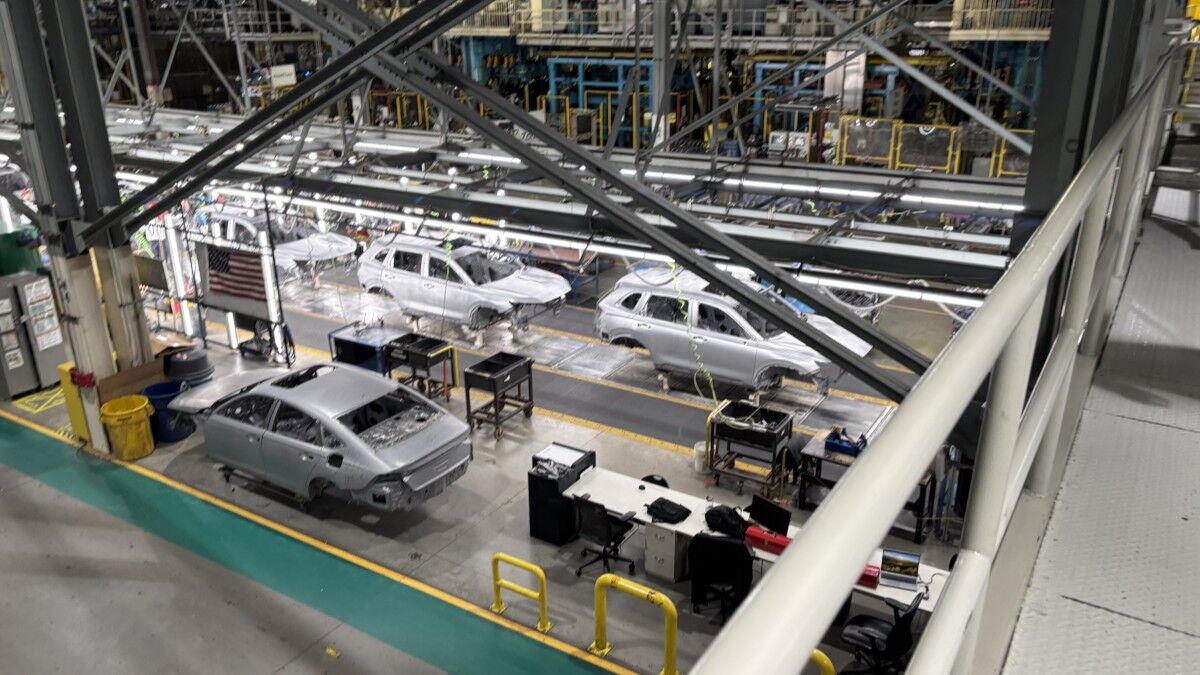Cadillac has begun real-world road testing of a system designed to allow near hands-free operation of its vehicles. Dubbed "Super Cruise," this sophisticated setup uses a combination of radar, ultrasonic sensors, cameras and GPS map data to effectively lighten the load for drivers, although admittedly only "under certain optimal conditions." Intended for use on highways rather than during in-city maneuvers, Cadillac says Super Cruise is capable of full hands-off steering, braking and lane-centering.
According to Don Butler, the division’s VP of Marketing, many of the fundamental technologies used in the Super Cruise system will be available as part of the Driver Assist Package on the new Cadillac ATS and XTS models that go on sale later this year. That combination includes features like full-speed-range Adaptive Cruise Control, Lane Departure Warning, Side Blind Zone Alert and Rear Cross Traffic Alert that can collectively provide 360-degree full-time monitoring as well as additional elements that include a Head-Up Display, Rear Vision Camera, Intelligent Brake Assist, Rear Automatic Braking, Forward Collision Alert, Automatic Collision Preparation, Adaptive Forward Lighting and Cadillac’s new Safety Alert Seat.
So far, the initial evaluation results are encouraging, and the division feels that Super Cruise could be production ready by mid-decade. According to John Capp, General Motors director of Global Active Safety Electronics and Innovation, the key to perfecting the system will be a proper and ultra-reliable integration of lane- centering technology uses forward-looking cameras to detect lane markings and GPS map data to detect curves and other road characteristics. But he also notes that the Super Cruise system does have operational limitations and that the driver will still have to take the wheel when factors like seriously inclement weather conditions or the absence of proper lane markings preclude its use.
"The primary goal of GM’s autonomous and semi-autonomous vehicle development is safety," Capp said. "In the coming years, autonomous driving systems paired with advanced safety systems could help eliminate the crash altogether by interceding on behalf of drivers before they’re even aware of a hazardous situation. More than ever, consumers will be able to trust their car to do the right thing."







